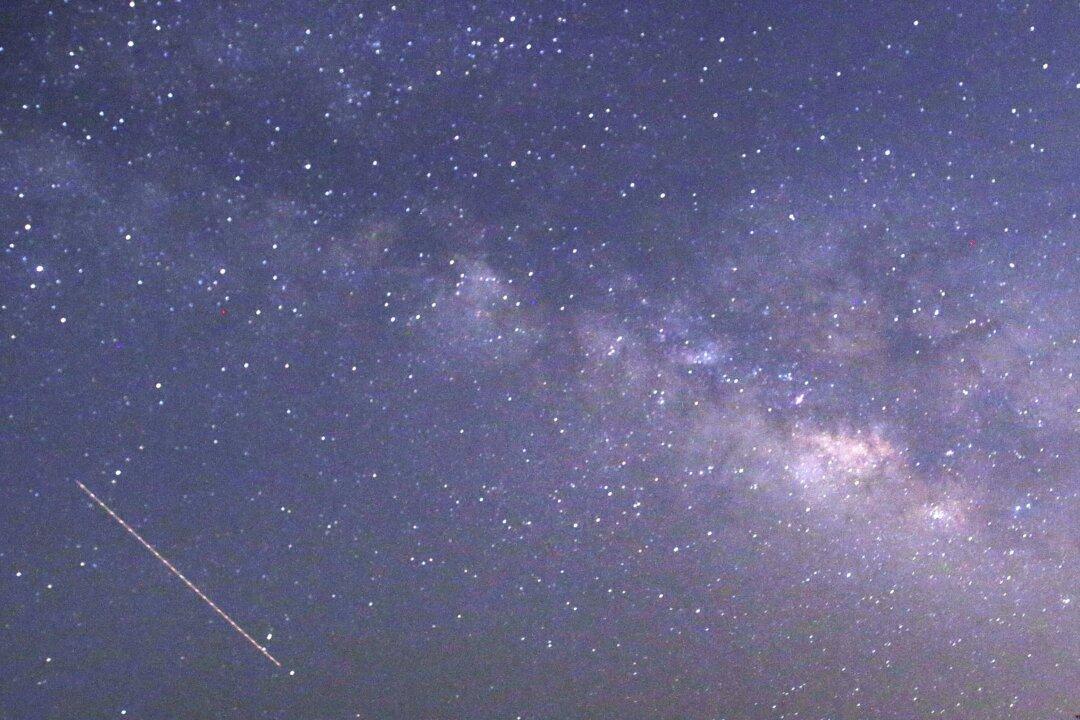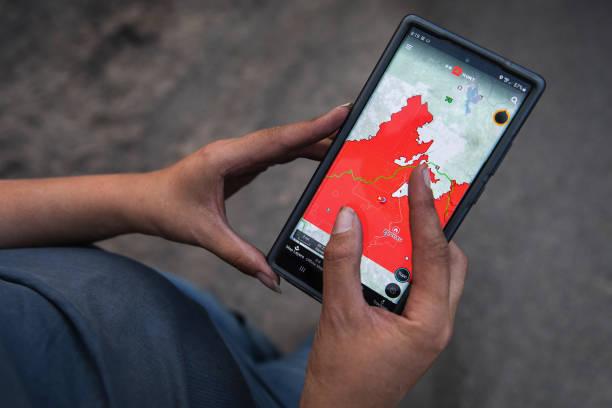Australians will be treated with an “incredible display” as one of the best meteor showers this year streaks across on the morning of Friday, Saturday, and Sunday, if weather permits.
The Eta Aquariids meteor shower, whose peak activity is usually on or around May 5, was formed by bits of rock and ice that had broken off from Halley’s Comet, the iconic naked-eye comet that appear every 75-76 years.





